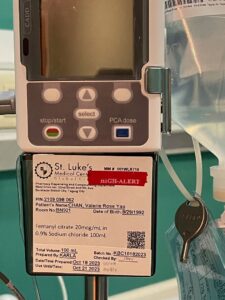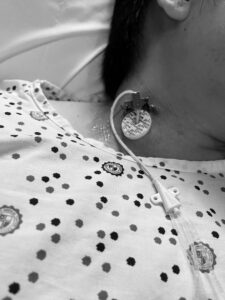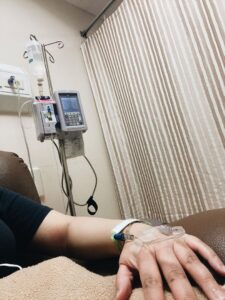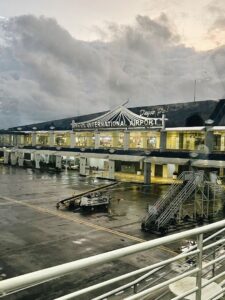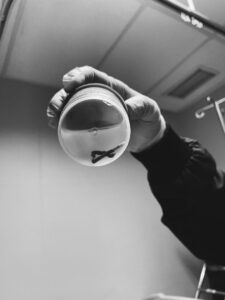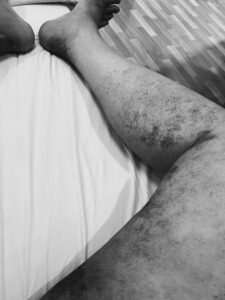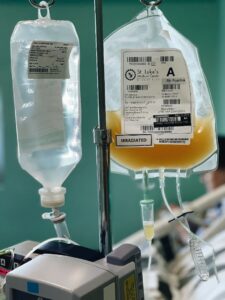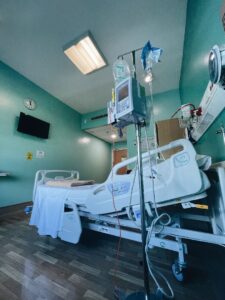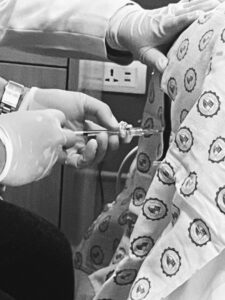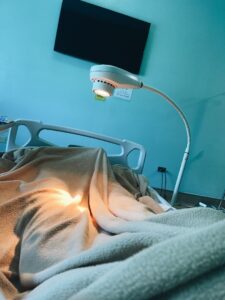In this page, I share my leukemia treatment timeline, documenting the stages and experiences of my journey through Philadelphia-positive Acute Lymphoblastic Leukemia (Ph+ ALL) treatment.
My Leukemia Treatment Timeline: A Personal Journey
These leukemic blast cells are stubborn. They’re back again, and hunting me down. I was in Cebu for CCOWEF young pro camp, when all of the symptoms happened again on the first day of camp. I had to take the next flight back to Manila, cos I knew the pain i felt is not the ordinary one. The pain never gets any easier, instead it gets more severe. Oh Lord, have mercy! I have been on Fentanyl, a strong opioid than morphine since yesterday. These leukemic cells are making my bones so unbearably painful.
As part of my therapy, I’ll be starting a new course of rituximab, an immunotherapy treatment. Rituximab works by targeting specific cells in my body, helping my immune system recognize and destroy them.
For the next month, I’ll be receiving this treatment once a week. Each session will bring its challenges, but I’m hopeful and determined to see positive results.
I developed burn-like wounds on both of my feet at the end of this therapy.
Bone Marrow Biopsy Result– Morphologically, no overt blasts are seen; However, a very small population of aberrant B-cell lymphoblasts is noted (0.6%) by flow immunophenotyping. Read my thoughts here.
Underwent intrathecal chemotherapy, often referred to as “triple therapy.”
Intrathecal chemotherapy involves administering the drugs directly into the cerebrospinal fluid (CSF) around my brain and spinal cord. This approach ensures that the medication reaches areas where leukemia cells might hide. The “triple” part comes from the combination of three different chemotherapy drugs used in this treatment to increase its effectiveness.
The procedure is typically done via lumbar puncture (spinal tap), and while it can be quite uncomfortable, it’s a crucial step in my fight against ALL.
My flow cytometry results had shown 53.23% leukemic blasts, indicating the need for aggressive treatment. I had been admitted to the hospital from April 21 to May 19 for Cytarabine chemotherapy, but things had taken an unexpected turn. After two doses, I had developed a fever and chills, and blood cultures had revealed sepsis caused by heavy growth of Chryseobacterium indologenes from my IJ catheter. Due to the infection, we had to stop the Cytarabine treatment.
During my hospitalization, I also experienced Tumor Lysis Syndrome, which led to acute kidney injury. This complication added another layer of complexity to my treatment and recovery process.
Despite these challenges, my medical team had quickly adjusted my treatment plan. I have now started on a new tyrosine kinase inhibitor (TKI) medication called Asciminib, along with Vincristine chemotherapy and Dexamethasone. I’m hopeful that this new regimen will be effective.
